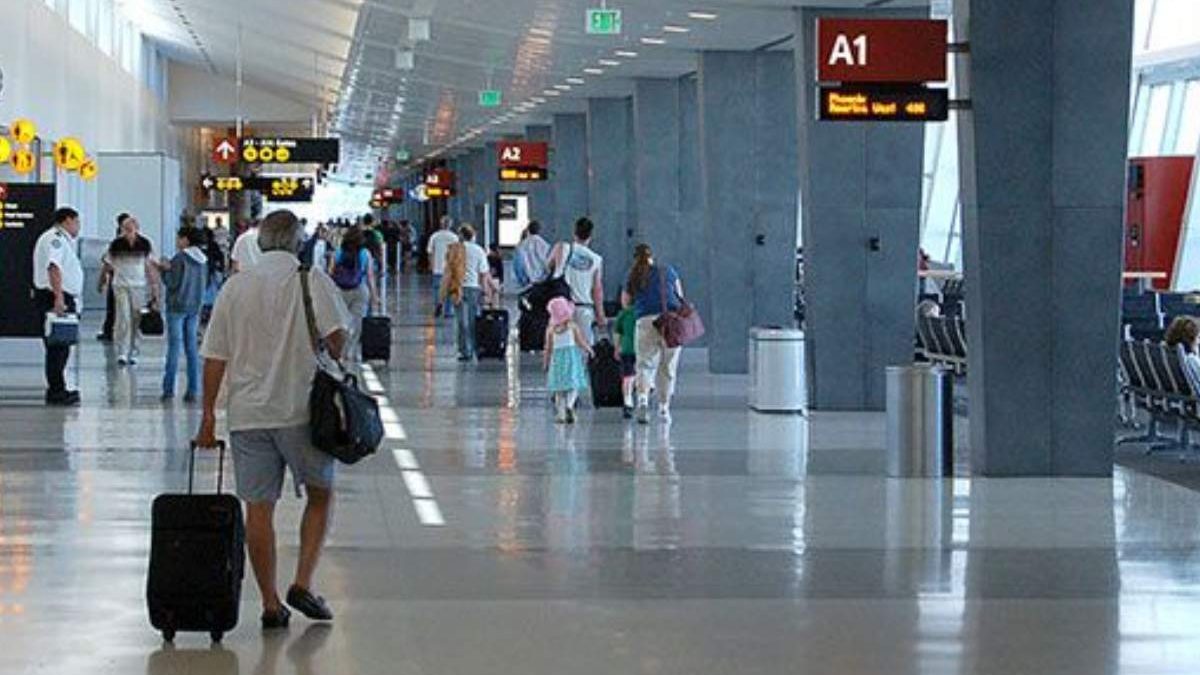Air travel has become an integral part of our modern lifestyle, but the process of navigating airports and waiting in long queues can often be a stressful experience for passengers. In recent years, airports around the world have been adopting innovative solutions to enhance the efficiency of their operations and improve the passenger experience. One such solution gaining significant momentum is virtual queuing. By leveraging technology to streamline the queuing process, virtual queuing for airports offers a promising solution to reduce waiting times, enhance passenger satisfaction, and optimize airport operations. This article explores the concept of virtual queuing and its impact on the airport industry.
Table of Contents
Understanding Virtual Queuing
Virtual queuing, also known as digital queuing or mobile queuing, is a system that allows passengers to reserve their place in a queue remotely, using their smartphones or other electronic devices. Rather than physically standing in line, passengers can utilize a virtual queue management system to secure a spot and receive real-time updates on their queue position. This technology empowers passengers with the freedom to explore the airport, shop, or relax in lounges, instead of being confined to a physical queue.
How Virtual Queuing Works
Mobile App or Web Portal: Passengers can access the virtual queuing system through a dedicated mobile application or a web portal provided by the airport. They can download the app or visit the website to register and create an account.
Queue Reservation: Upon registration, passengers can select their desired service or checkpoint, such as security screening, passport control, or boarding gate. They can then reserve their place in the queue remotely, specifying their estimated time of arrival.
Real-Time Updates: Passengers receive notifications and updates through the app or web portal regarding their queue position, estimated waiting time, and any relevant instructions. This allows them to plan their airport journey accordingly.
Check-In and Arrival: When passengers reach the airport, they can check in physically or use self-service kiosks if required. The virtual queuing system recognizes their arrival and adjusts their position in the queue accordingly.
Benefits of Virtual Queuing for Airports
Reduced Waiting Times: Virtual queuing significantly reduces waiting times for passengers by eliminating the need for physical queues. Passengers can utilize their time more efficiently, engaging in activities or relaxing rather than standing in line.
Enhanced Passenger Experience: By providing a seamless and stress-free airport experience, virtual queuing improves passenger satisfaction and overall perception of the airport. Passengers feel more in control of their journey and appreciate the convenience offered.
Improved Operational Efficiency: Virtual queuing allows airports to optimize resource allocation and staff deployment based on real-time data. It enables efficient planning, reduces bottlenecks, and ensures a smoother flow of passengers throughout the airport.
Revenue Generation: Virtual queuing systems can be integrated with retail and dining outlets, offering passengers personalized promotions and discounts based on their queue position. This presents opportunities for airports to enhance their non-aeronautical revenue streams.
Conclusion
Virtual queuing represents a significant step forward in transforming the airport experience for passengers worldwide. By leveraging technology to streamline queuing processes, airports can enhance efficiency, improve passenger satisfaction, and optimize their operations. As the aviation industry continues to evolve, virtual queuing is expected to play an increasingly vital role in creating seamless, stress-free airport journeys for passengers, making air travel a more enjoyable and efficient experience for all.

